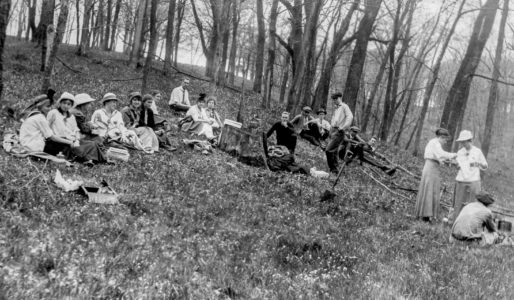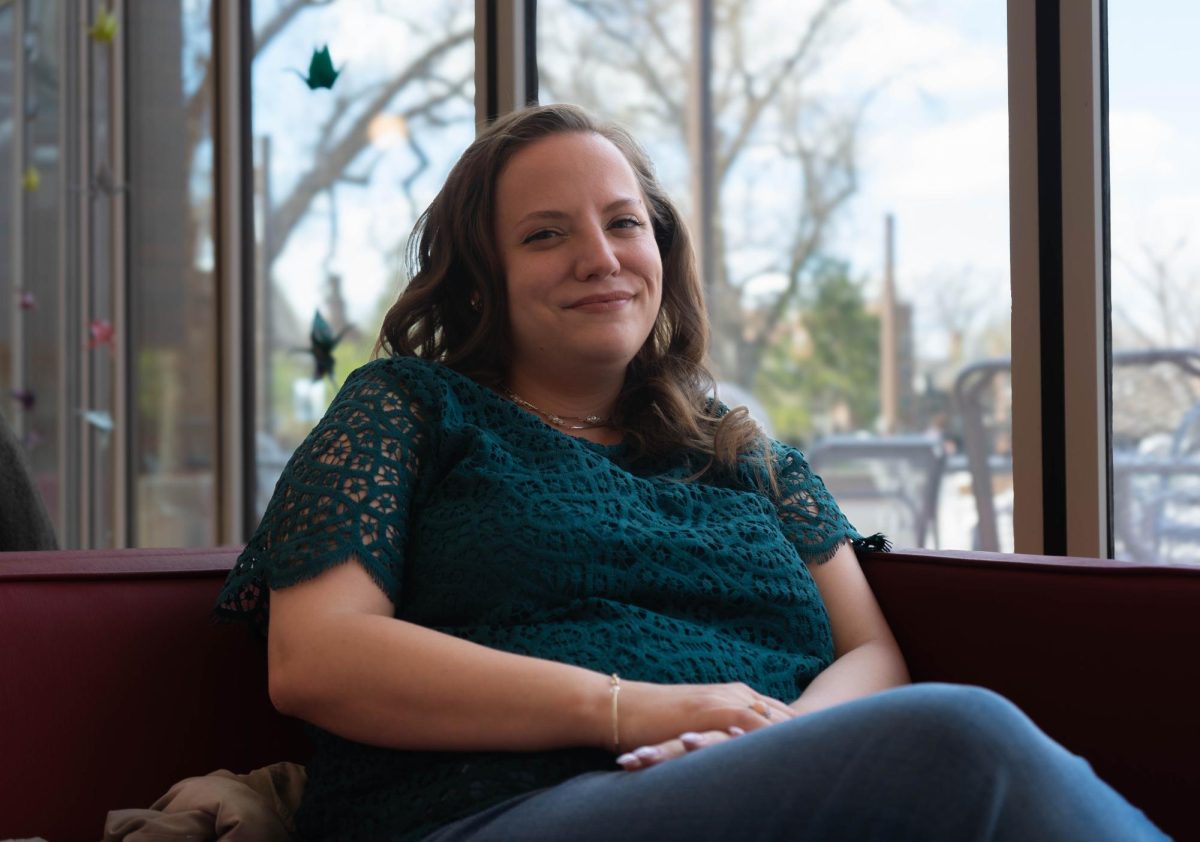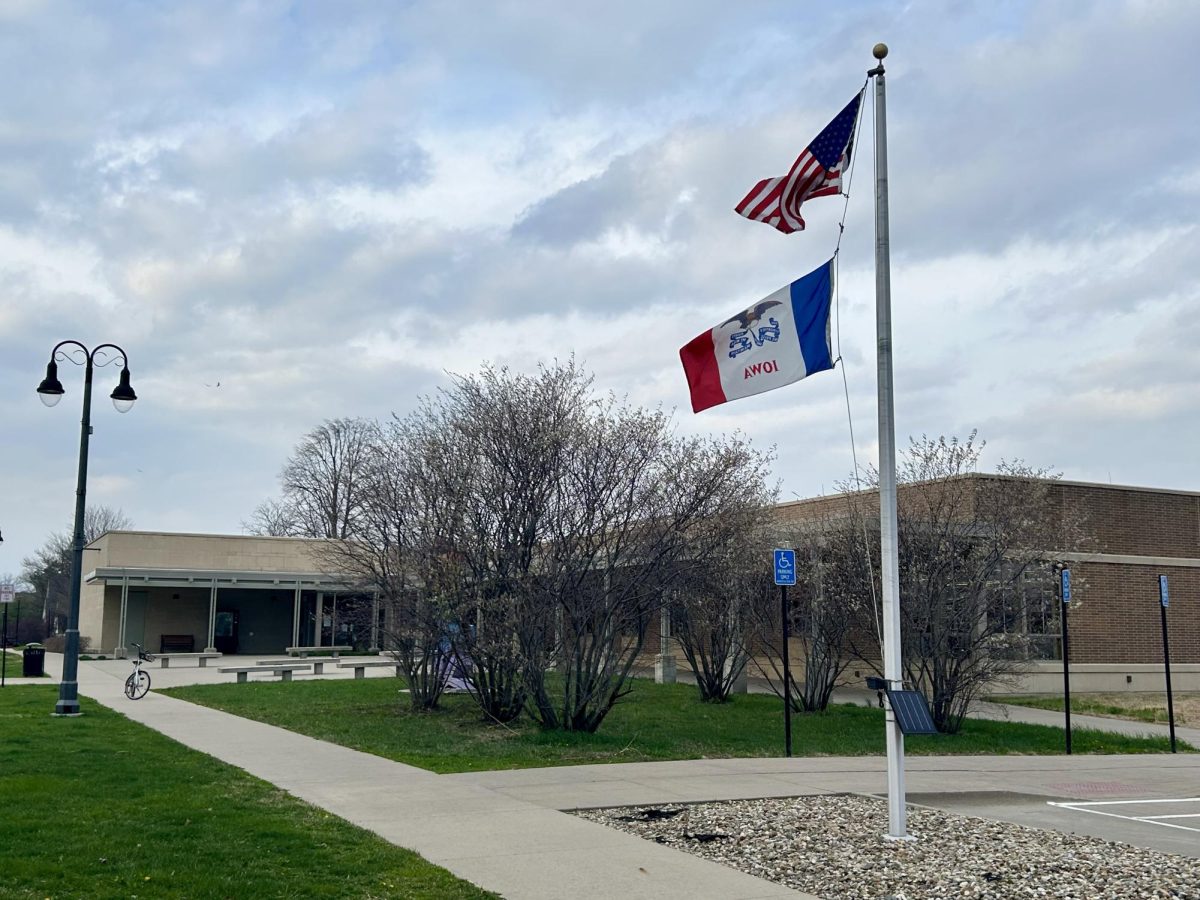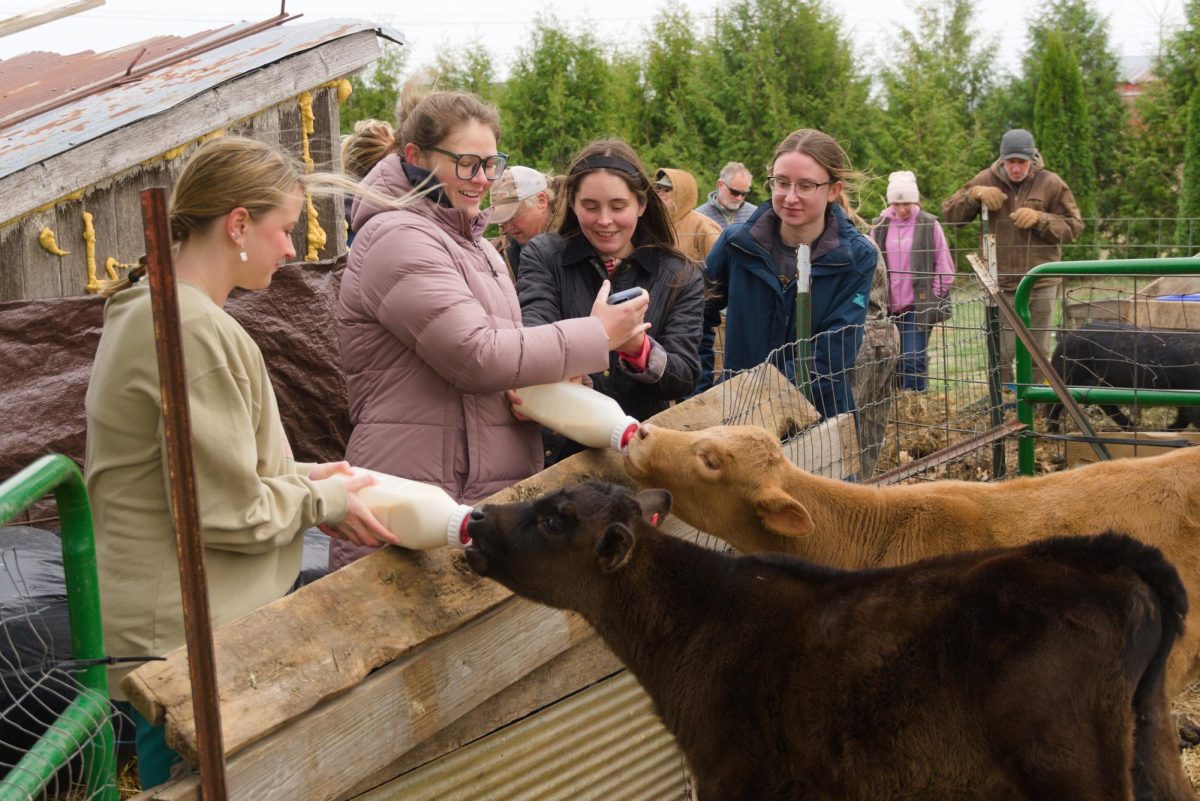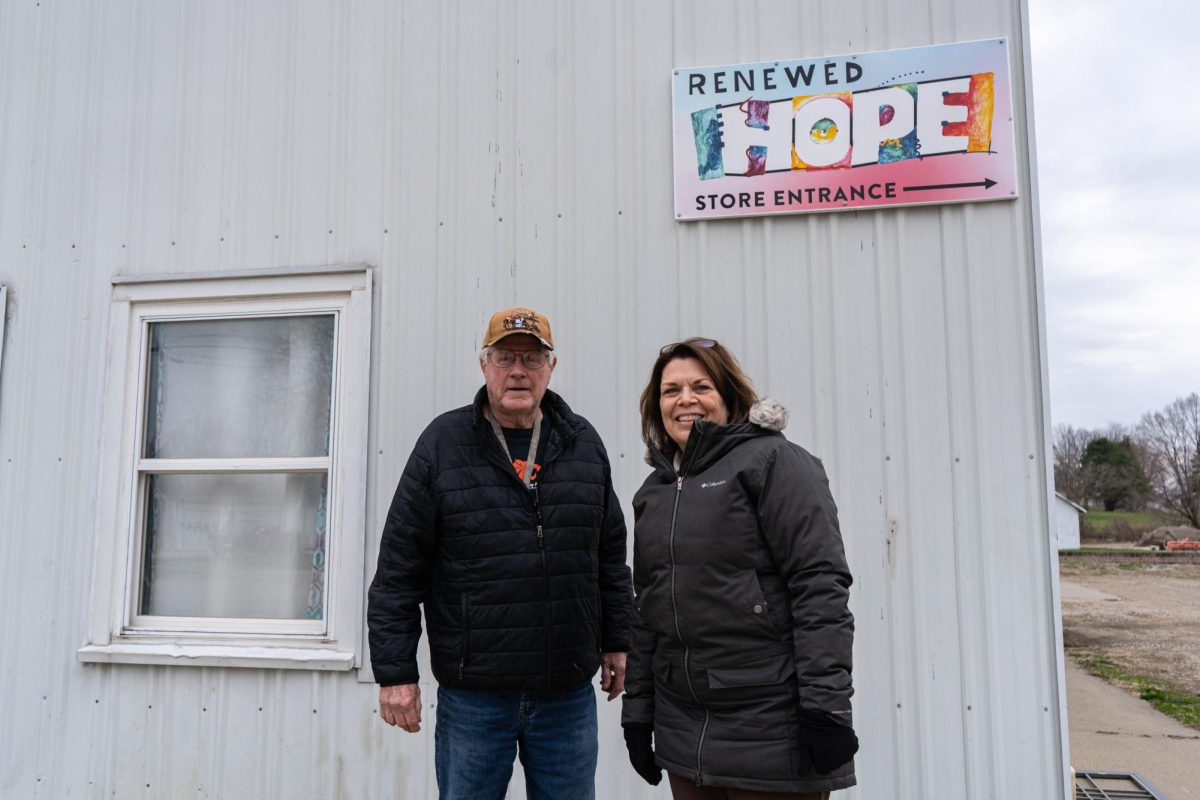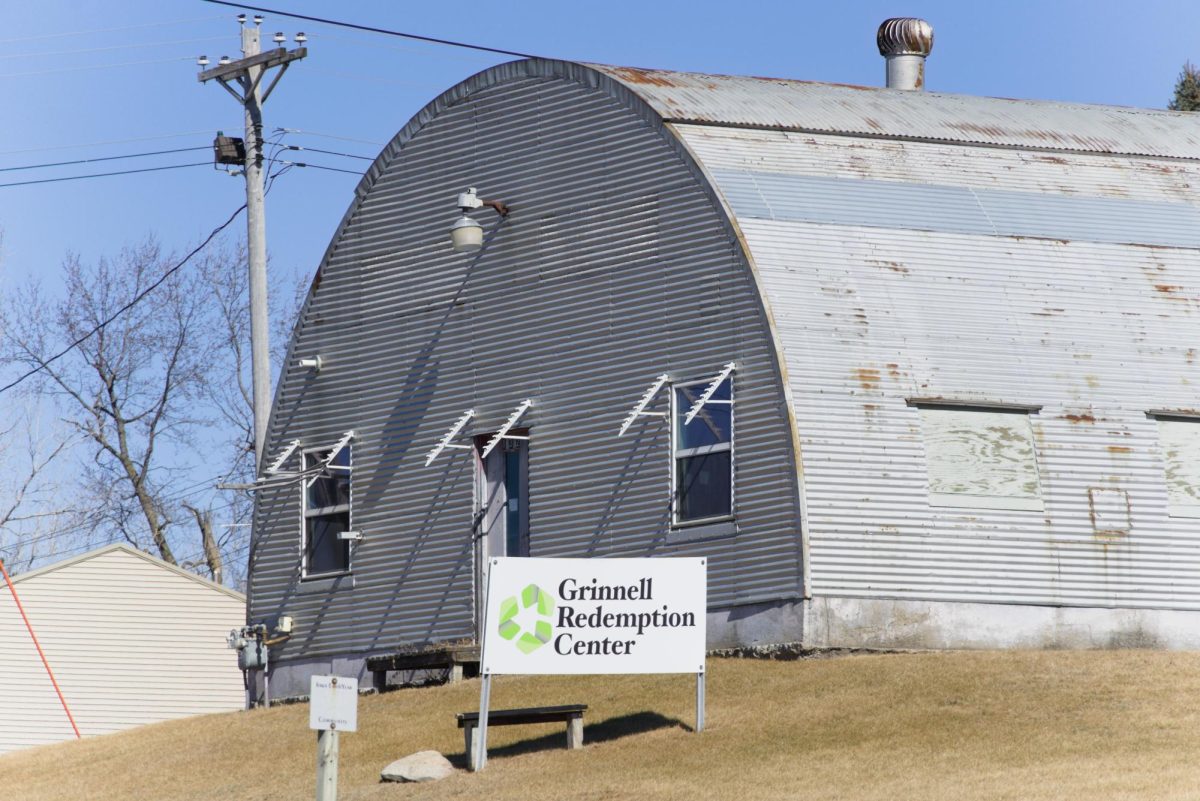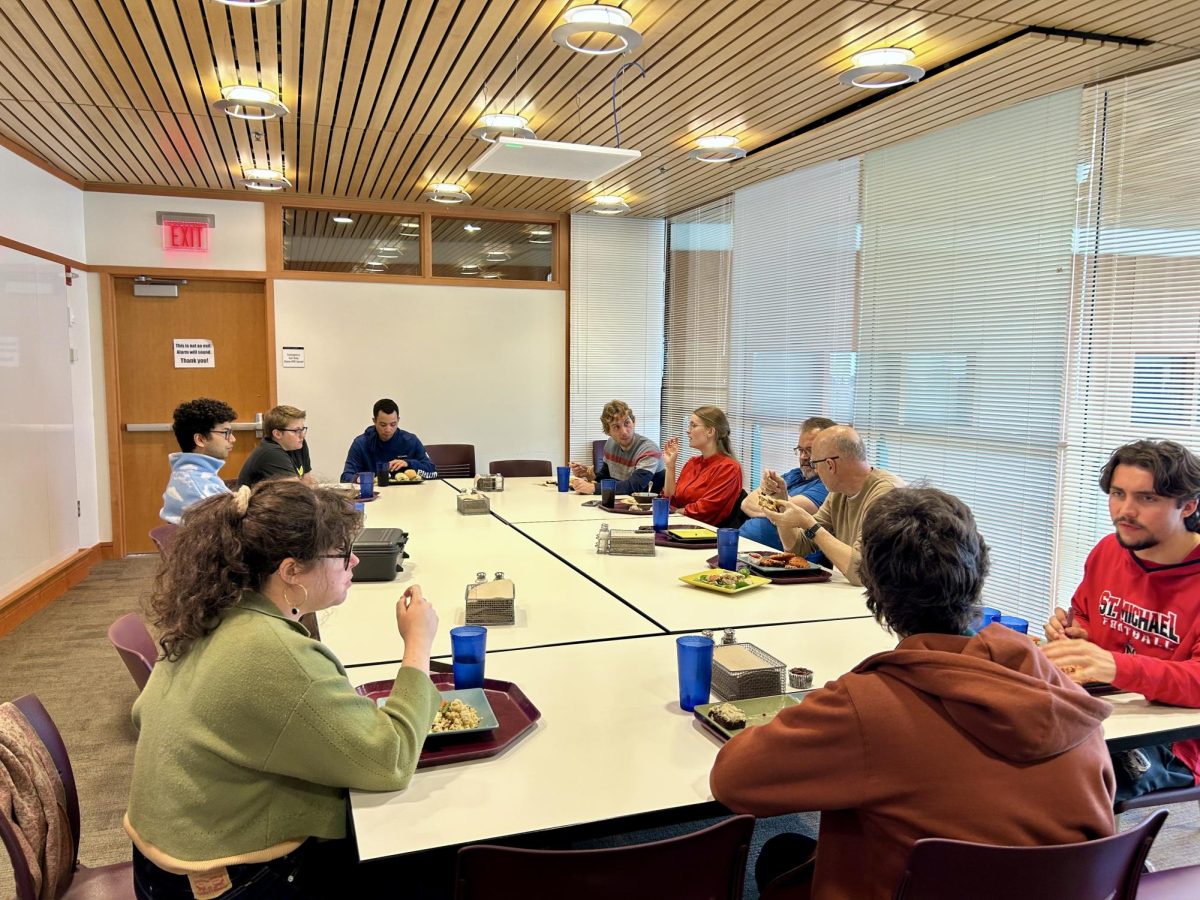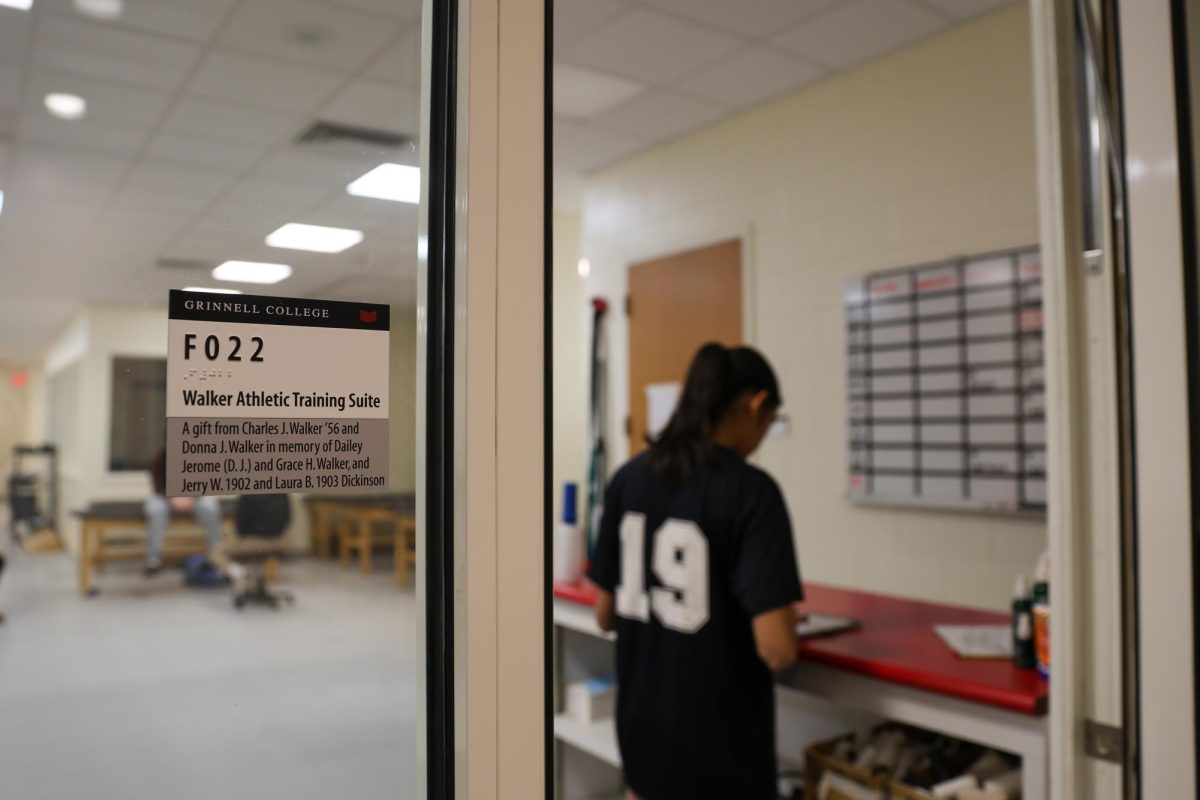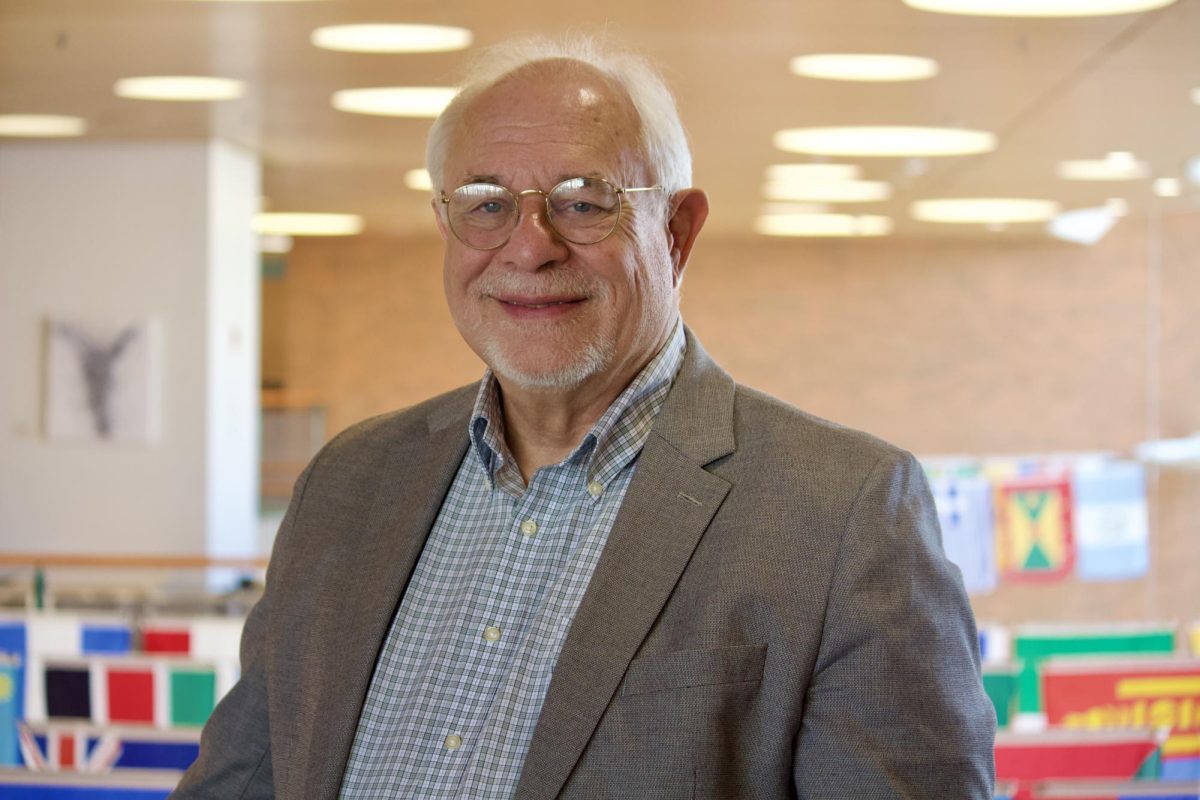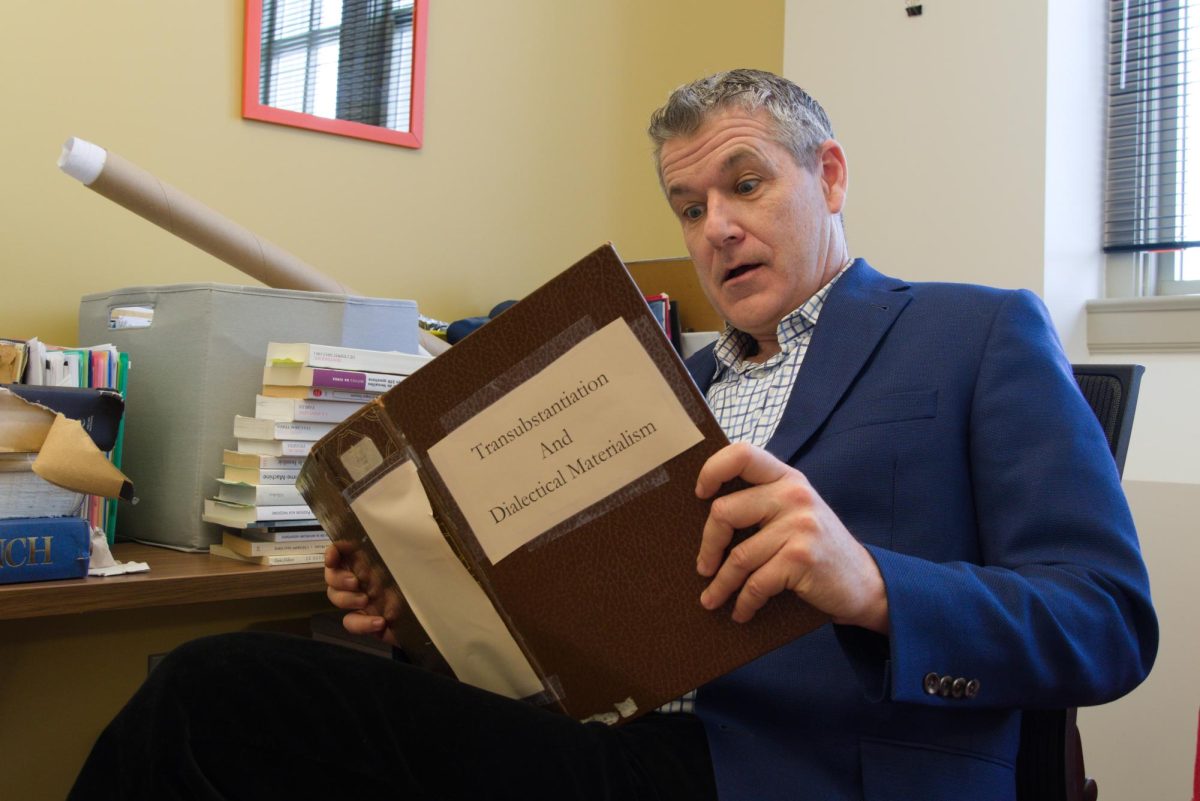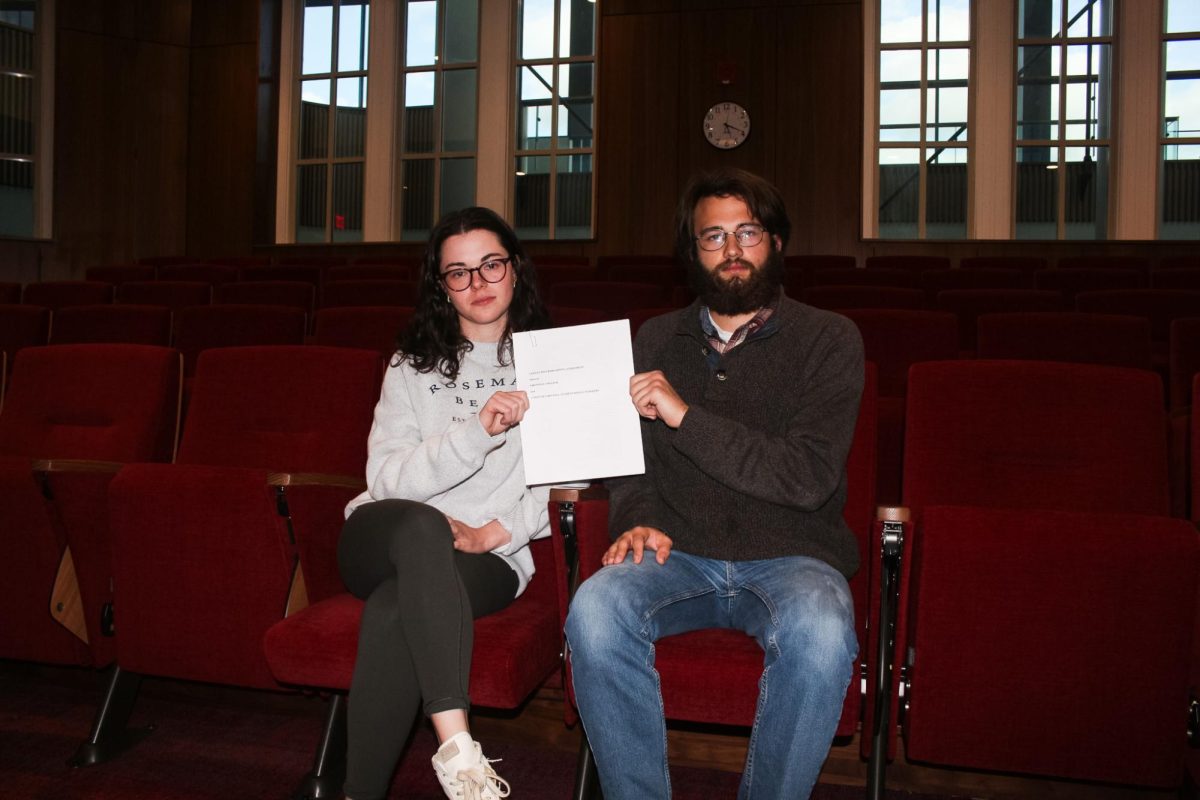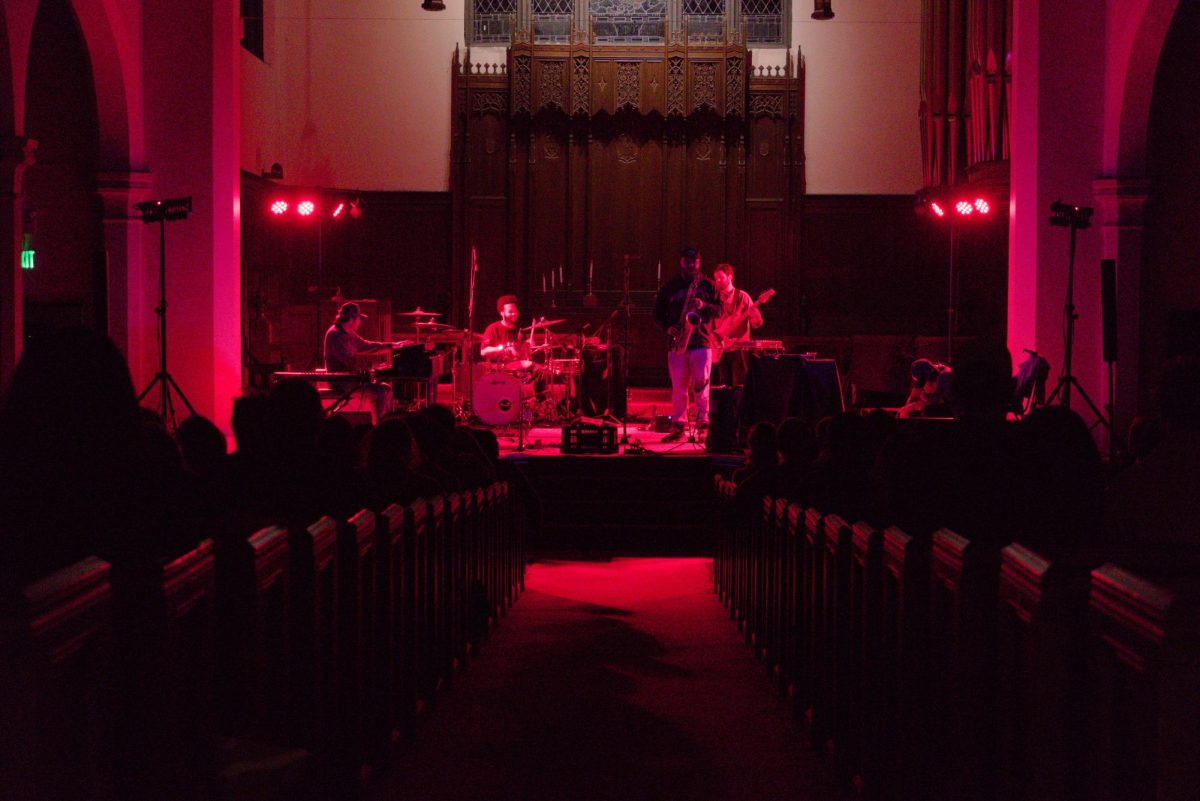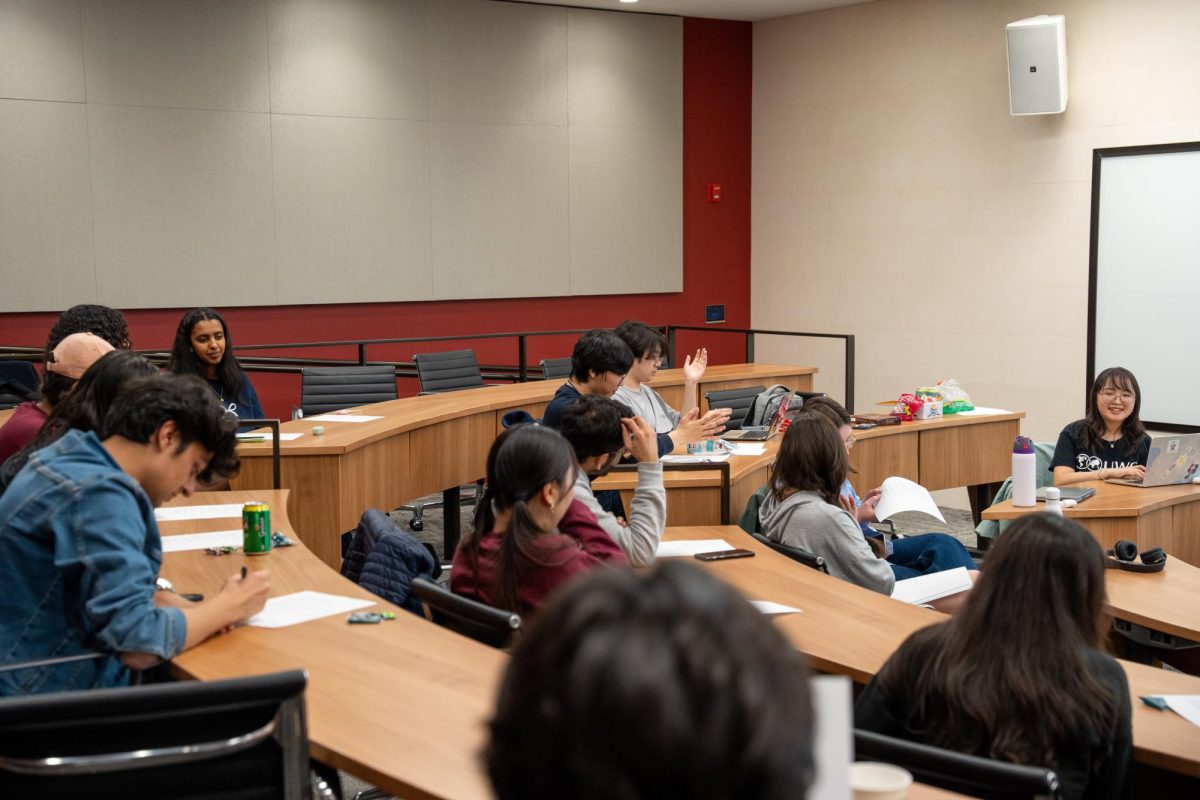The Conard Environmental Research Area (CERA) is a 365-acre field station owned by the College and located approximately 11 miles from campus. Officially acquired in 1968, CERA has provided an incredible resource for students of all disciplines. Professor Jonathon Andelson ’70, department chair and director of the Center for Prairie Studies, can testify to the center’s long-lasting impact on both the College and the greater Grinnell community. Andelson was one of the first students to study at CERA. “My personal connection with CERA began almost as soon as the college acquired it,” he said. “I was an undergraduate at college at that time, and I was enrolled in Professor Ben Gram’s plant ecology course. We started using CERA in fall of 1968. At the time he had a class assignment involving taking microclimate readings over a 24-hour period. And, as luck had it, I drew the midnight to 6am slot, along with a partner, but we both misunderstood the time that we were supposed to start, and they couldn’t find my partner. So, there I was by myself, at CERA. At the time there wasn’t any electricity at the site. It was completely dark. I had a flashlight. And that was it. I like to say that I was the first person connected to the College to spend the night at CERA.”
While the land itself was acquired in 1968, it took the College many years to create the important educational and community center that CERA is today.
In the mid to late 1990s, the Center for Prairie Studies and the Grinnell Biology Department submitted a proposal to create a managerial position at CERA. In 1999, Larissa Mottl was hired by the college, and replaced by Elizabeth Hill in March of 2013. Due to the tireless work of these women, CERA was able to become both an educational and community-based resource for the greater Grinnell area. However, none of this progress would have been possible without the combined efforts of Andelson and late biology professor Jonathan “Jackie” Brown.
“This idea for the Center for Prairie Studies began in a conversation I had with Jackie Brown,” said Andelson. “During a faculty retreat in 1998, the two of us happened to sit next to each other. And we were comparing notes about what we’d heard from some of our colleagues in the retreat, and it turned out that both of us had heard what I guess I would characterize as mild complaints from some of our colleagues, who said things like, ‘Gee, Grinnell is such a great school, too bad it’s in Iowa.’ And both Jackie and I felt that that was horribly misguided of people. The College is here, and the College isn’t about to move. So, since we’re here, let’s stop apologizing for the location. Instead, let’s use it and appreciate it.”
What resulted from Andelson and Brown’s musings was the interdisciplinary Center for Prairie Studies. Describing the exact function of the Center is complicated, though. While Andelson admits that it is first and foremost a biological research center, it also has many other facets and interpretations.
“We use the word ‘prairie’ both in the literal sense, but also as a metaphor for the region,” said Andelson. “So, we can talk about prairie school architecture, we can talk about prairie populism and political movements in the early 20th century, we can talk about the Native Americans who lived on the prairie, we can talk about the Iowa caucuses. Instead of ignoring our location or apologizing for it, which is pretty much what the College did routinely, we thought the popular mindset should be different. Jackie was instrumental in getting the center started.”
Following Professor Brown’s passing, CERA has again emerged in Grinnell’s general consciousness. Its merit, both scientific and aesthetic, has proved it to be a beautiful and useful reminder of the land that Grinnell College was initially built on. Its 365 acres of land not only serve as the home for all four of Iowa’s biomes (prairie, oak savanna, woodland, and wetland), but also for students and learners from all walks of life.
